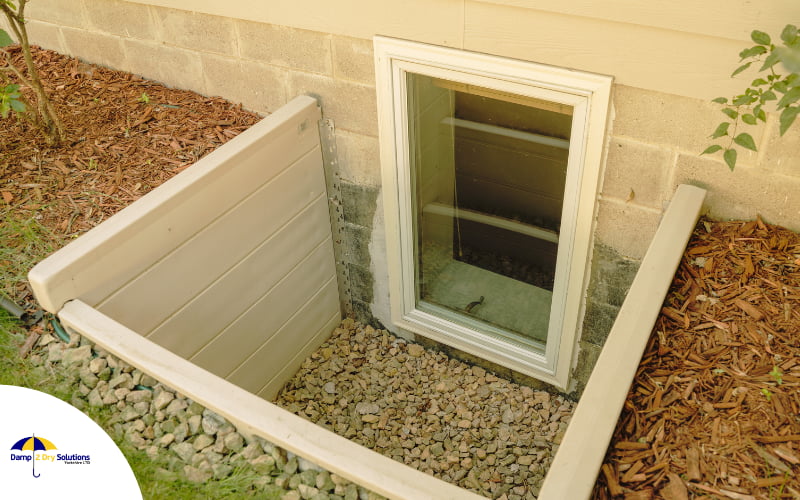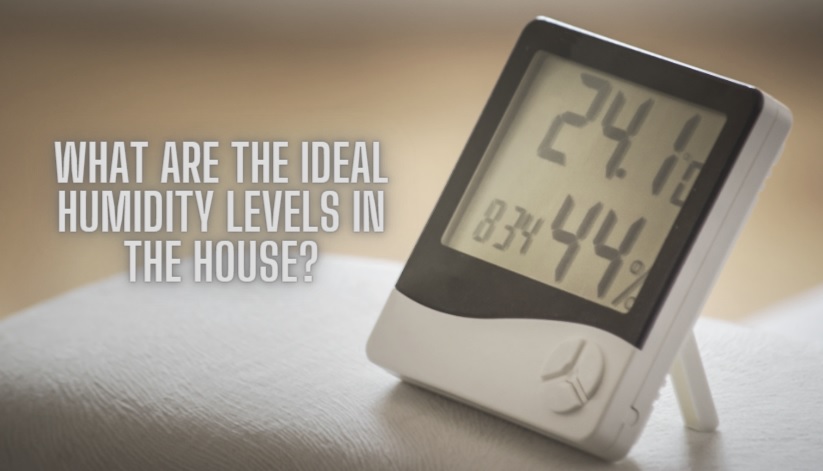Damp walls in basements and semi-underground spaces are a common problem for many homeowners. Whether you’re storing your prized possessions or trying to create a cosy living space, the last thing you want is damp creeping in. But don’t worry; dealing with it isn’t as tough as you might think.
Let’s dive into how you can tackle the issue and keep your space dry and healthy.
Why Do Semi-Underground Areas Get Damp?
First things first, why does dampness occur in these spaces? Semi-underground areas like basements are naturally more prone to dampness because they’re partially below ground level. This means they’re in direct contact with the surrounding soil, which can hold moisture due to hydrostatic pressure around your basement. Over time, this moisture seeps through the walls, leading to those unsightly damp patches.
But it’s not just the ground. Poor ventilation, condensation, and even plumbing leaks can contribute to the problem. So, identifying the source is key to solving it.
Signs You’ve Got a Damp Problem
Before you start tearing down walls, you need to be sure that dampness is the issue. Here are some tell-tale signs:
- Musty Smell: That unmistakable smell of damp, especially in enclosed areas.
- Discoloured Walls: Patches of darker colour, often with a tide mark.
- Peeling Paint or Wallpaper: Moisture causes these to lose their grip.
- Mould Growth: Black or green spots, particularly in corners or around windows.
- Cold, Clammy Walls: A sure sign that moisture is present.
Tackling the Damp Head-On

Right, now you know what you’re dealing with, let’s get into how to fix it.
1. Improve Ventilation
One of the simplest ways to combat damp and basement moisture is by improving ventilation. Basements often suffer from poor air circulation, which leads to condensation. Try these tips:
- Install Air Vents: Make sure your basement has sufficient ventilation points.
- Use Dehumidifiers: These devices pull moisture out of the air, keeping your space drier and helping to maintain optimal humidity levels.
- Open Windows: If possible, keep windows open, even just a crack, to allow fresh air in.
2. Waterproofing the Walls
If moisture is seeping through the walls, waterproofing is your best bet. Here’s how you can go about it:
- Seal Cracks and Holes: Use a good quality filler to patch up any gaps where water could be sneaking in.
- Apply a Waterproof Coating: There are plenty of products available that can be applied directly to the wall, creating a barrier against moisture.
- Install a Damp Proof Membrane: This is a more extensive solution, involving the installation of a plastic sheet behind the wall to prevent water from passing through.
3. External Solutions
Sometimes, the problem starts outside. Consider these steps to stop moisture before it even reaches your walls:
- Improve Drainage Around the House: Ensure that the soil slopes away from your home, not towards it.
- Install Guttering and Downspouts: Direct rainwater away from the foundation.
- Exterior Waterproofing: Similar to interior waterproofing but done on the outside of the walls. It’s a bigger job but very effective.
4. Check for Plumbing Leaks
It’s easy to overlook, but a small plumbing leak can cause a lot of damage over time. Check all pipes, especially those running through or near your basement. If you find a leak, fix it pronto.
Maintaining a Dry Basement
Now that you’ve tackled the immediate problem, it’s time to keep things that way. Here’s how:
- Regular Inspections: Make it a habit to check your basement for signs of dampness, especially after heavy rain.
- Keep It Clean and Dry: Regularly clean and dry surfaces to prevent mould growth.
- Consider a Sump Pump: If your basement is particularly prone to flooding, a sump pump can be a lifesaver. It automatically pumps water out before it can cause damage.
When to Call in the Professionals
There’s only so much you can do on your own. If the damp problem is severe or persistent, it might be time to bring in the experts. Professional damp proofers can assess the situation and recommend the best course of action. They might suggest more advanced solutions, like:
- Tanking: Applying a waterproof slurry to the walls.
- Installing a French Drain: A trench filled with gravel that directs water away from your home.
- Underpinning: Strengthening the foundation to prevent water ingress.
Need Help?
For expert help with persistent damp issues, trust Damp2Dry Solutions (Yorkshire) Ltd. to provide top-notch local damp proofing services. They specialise in keeping Yorkshire homes dry and comfortable, addressing the unique challenges of the region’s properties.
With their experience and commitment to quality, Damp2Dry Solutions ensures your basement and semi-underground areas stay free from damp for good. Book Your Damp Survey Today!
Final Thoughts
Dampness in semi-underground areas and basements is a common issue, but it’s one that can be managed with the right approach. Start with the basics: improve ventilation, waterproof your walls, and check for leaks. If the problem persists, don’t hesitate to seek professional help. Remember, the key to a dry basement is regular maintenance and quick action when you spot a problem.
So, take a deep breath, roll up your sleeves, and get ready to say goodbye to damp walls for good. Your basement will be dry, cosy, and ready for whatever you’ve got planned for it. Whether it’s storage, a workshop, or even a new living space, you’ve got this!






